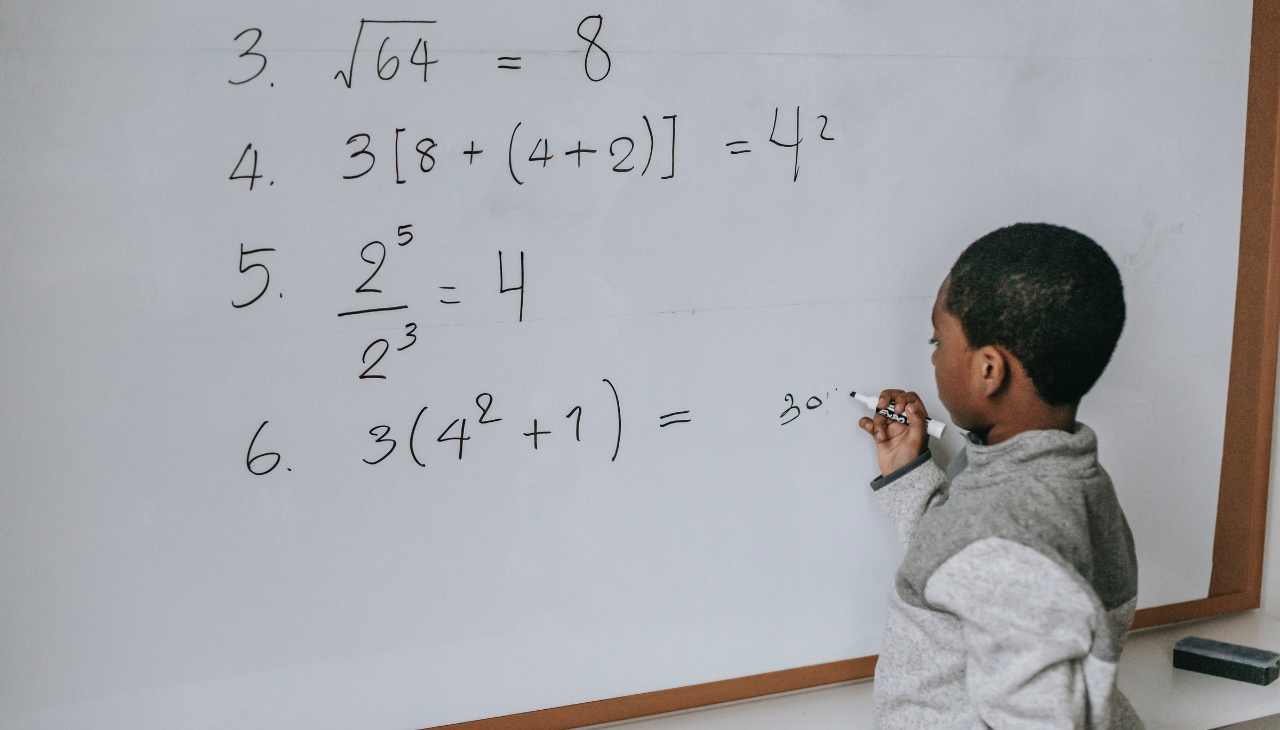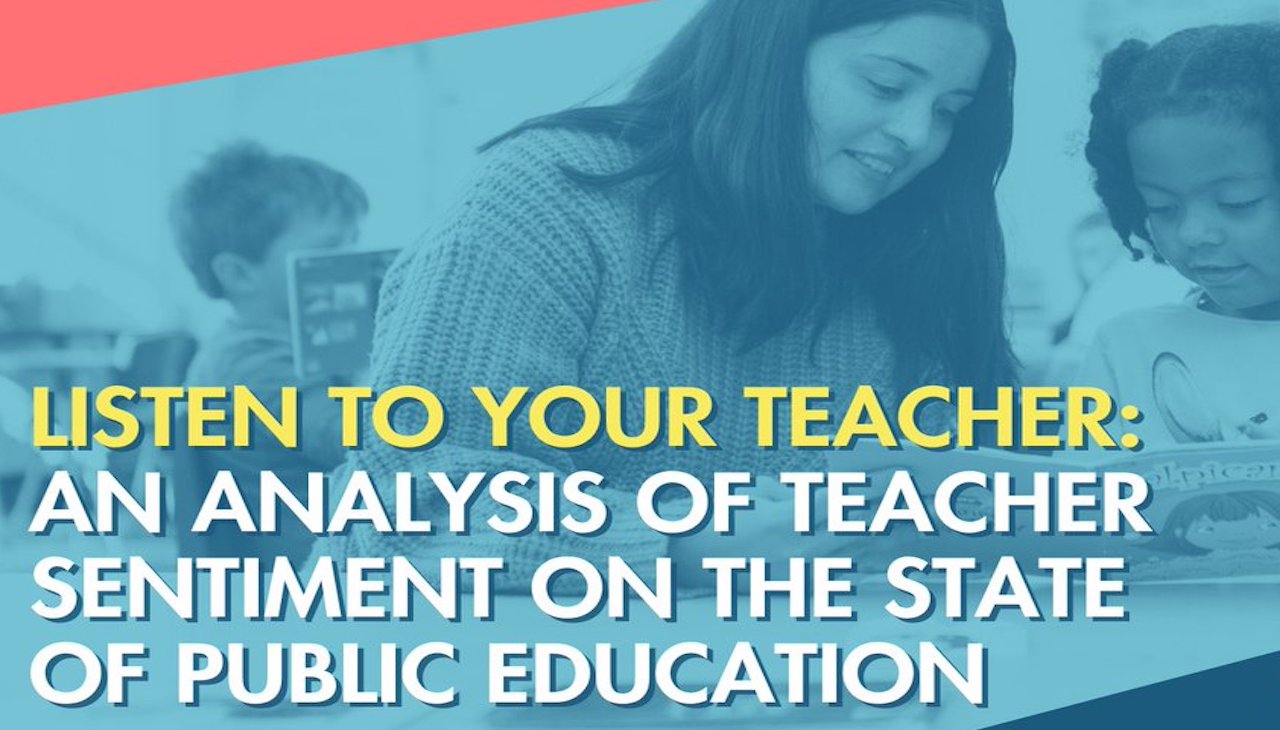
Math and reading scores decline among 13-year-old students
The NAEP long-term trend shows a continuous decline in reading and math, with score gaps raging from 35 points decline in 2020 to 42 points in 2023.
The new data shows that average scores for 13-year-old students from October to December of the 2022-23 school year declined 4 points in reading and 9 points in mathematics compared to the 2019-2020 school year assessment.
The National Center for Education Statistics (NCES) is responsible for the NAEP long-term trend (LTT) that shows scores continue to decline since 2020, with “the score declines of lower performers were not significantly different from those of their middle-and higher-performing peers,” said the report.
“This fresh data is even more devastating – because these are the kids just starting high school and don’t have time to waste. Every minute that ticks by means we are losing more time to address this crisis to ensure we aren’t going to lose an entire generation of kids because of our failure to address this education crisis with urgency,” said Keri Rodrigues, Co-Founder and President of the National Parents Union in a statement. “Too many are content to ignore or explain away this data when the results are less than convenient – but if we’re going to reverse these dangerous trends, then school leaders better wake up and heed the call of parents who are screaming from the rooftops that their children need support, urgently.”
RELATED CONTENT
What is more concerning is that since 2020, the lower-performing students decline ranged from 12 to 14 points and 6 to 8 points for middle- and higher-performing students— with the scores being lower for all student groups (Black, Hispanic, White).
The data shows that a“13-point score decrease among Black students compared to the 6-point decrease among White students resulted in a widening of the White-Black score gap from 35 points in 2020 to 42 points in 2023.”
“Our kids are not prepared for the jobs of today – let alone the economy of the future,” Rodrigues said. “The clock is ticking for schools to spend their once-in-a-generation funding to help address pressing issues like ensuring our kids can read and do the math. Our fear is that far too many schools are squandering this opportunity to implement immediate intervention, personalized learning plans, and high-impact tutoring.”
To read the full report, click here.











LEAVE A COMMENT:
Join the discussion! Leave a comment.